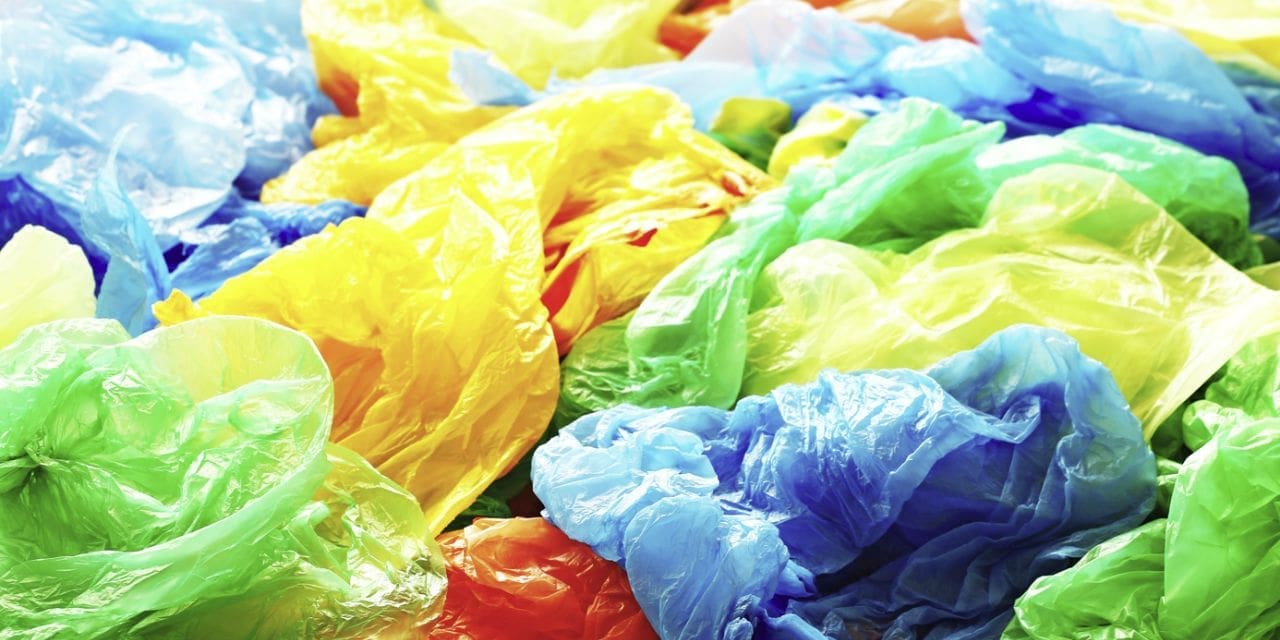The report “Polybutylene Adipate Terephthalate Market by Grade, Application (Films, Sheets & Bin Liners, Coatings & Adhesives, Molded Products, Fibers), End-Use Industry (Packaging, Consumer Goods, Agriculture, Bio-medical), and Region – Global Forecast to 2027″, is projected to reach USD 2.8 billion by 2027, at a CAGR of 13.1% from USD 1.5 billion in 2022. The PBAT market is mainly driven by the increase in consumer awareness and growing demand in end-use industries like packaging, consumer goods, agriculture and bio-medical, among other industries. Moreover, it is also driven by rapidly developing market in the Asia Pacific region.
Browse
• 228 Market data Tables
• 41 Figures
• 250 Pages and in-depth TOC on “Polybutylene Adipate Terephthalate Market – Global Forecast to 2027”
Some of the prominent key players are:
- BASF SE (Germany)
- Novamont S.P.A (Italy)
- Willeap (South Korea)
- Kingfa (China)
- Hangzhou Peijin Chemical Co. Ltd (China)
- Zhejiang Biodegradable Advanced Material Co. Ltd (China)
- Anhui Jumei Biotechnology (China)
- Go Yen Chemical Industrial Co. Ltd (Taiwan)
- Jinhui Zhaolong Advanced Technology Co. Ltd (China)
- Mitsui Plastics, Inc (US)
- Chang Chun Group (China)
Driver: Shift in consumer preference towards bio-based plastics
Consumer awareness regarding sustainable plastic solutions and pervasive efforts to eliminate the use of non-biodegradable conventional plastics contribute to the market growth of biodegradable plastics such as PBAT. Traditional plastics, which are generally petroleum-based, take decades to break down or degrade and lay in landfills for a long period. Biodegradable plastics break down faster when they are discarded and are absorbed back into the natural system. In addition, the rate of decomposition of biodegradable plastics by the activities of microorganisms is much faster than that of traditional plastics. The growing consumer awareness regarding these adverse effects (arising from traditional plastics) encourages the use of PBAT.
There is also growing concern over the potential health risks associated with traditional plastics. PBAT is a non-toxic material, which makes it a safer and healthier option. For example, PVC may cause genetic disorders, ulcers, deafness, and vision failure. Consumers are becoming more conscious of the impact of their purchasing decisions on the environment. As a result, there is an increasing demand for sustainable and eco-friendly products, including those made from PBAT.
Films, Sheets & Bin Liners is projected to account for the fastest growth of the PBAT market, by application, during the forecast period
Based on application, the Films, Sheets & Bin Liners segment dominated the market. PBAT is often used to produce films due to its good stretchability, flexibility, and good processability. The films made from PBAT can be transparent, translucent, or opaque, depending on the desired end-use application. PBAT films also have good sealability and good printability, making them suitable for use in flexible packaging applications. It is used in various applications such as packaging films for food, industrial, and agricultural products.
APAC is expected to be the fastest-growing market during the forecast period.
Based on region, Asia Pacific is a key market to produce PBAT and is projected to grow at a CAGR of 14.5% in terms of value during the forecasted period. The availability of low-cost raw materials and labour, coupled with growing awareness among people, makes the region an attractive investment destination for PBAT manufacturers. The rising population, urbanization, and industrialization are some of the factors that will drive the PBAT market in this region.

